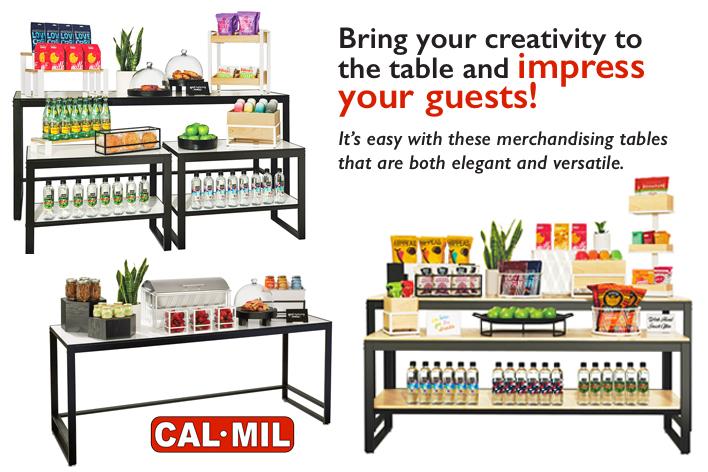By Carla Landi
It is tempting to price shop equipment solutions for your operation. The debate has been raised in commercial vs. residential microwaves, toasters, and now blenders. So, why is it necessary to purchase a commercial grade blender when the residential blender sold at the local big-box store looks exactly like its more expensive cousin? Blenders are blenders, right? Wrong.
Hamilton Beach Commercial provided us with information to illustrate the differences. The initial price might be lower on residential blenders but the overall cost is much higher. There are costs associated with:
- The replacement of a blender that can’t keep up with the demands of your kitchen
- Your guest’s disappointment with the difference in consistency of blended products
- Fewer safety features and more potential safety issues
- The failure to meet insurance and health code requirements
- The lack of a commercial grade warranty
Commercial blenders are engineered with durability in mind. A blender that looks like a good deal up front may cost hundreds of dollars in maintenance and repairs over its life. Commercial blenders are held to a higher standard for quality and safety to meet insurance and health code requirements. They are also built to withstand water penetration to extend life and increase safety.
Commercial blenders are engineered with ingredients in mind. The blades, control options, control panels, and even the jar shape are made to handle prep work in a commercial environment. They are built more powerfully to handle larger volumes of ingredients and are able to produce consistent results more quickly than residential blenders. They have precise blending controls to produce consistent results. In fact, many commercial blenders are programmable so multiple users can achieve the same results.
Commercial blenders are easier to disassemble and reassemble and can withstand the rigorous cleaning that is required in foodservice operations.
Commercial beverage blenders (front of house) are designed for all the permutations of drink service, including recipes that call for fruit, milk, ice cream, mixers, ice, etc.
Commercial culinary blenders (back of house) are built for handling tougher food like whole vegetables, legumes, root vegetables, stews, etc.
Commercial blenders are built to handle the daily usage of a busy foodservice operation. Residential blenders are not designed for the workload that operators face in a commercial environment.
| Categories | Commercial | Residential |
| Typical Usage | 50-100x day | 1-3x day |
| Used by | Many employees | 1-2 people |
| Safety | Commercially-rated for safe usage in high volumes by agencies like UL, NSF | Rated for residential use only |
A few of the specific parts and features that are equipped on most commercial blenders that affect durability and cost of ownership include the following:
- A steel clutch drive instead of a plastic one. (This is what transfers power to the blending jar and plastic wouldn’t last long in a commercial environment).
- Efficient motor cooling with proper venting and fans. (Prevent the motor from overheating during continual use).
- Ball bearings for reduced vibration, maximum performance, and extended jar life.
In short, don’t be tempted by the price tag on a residential blender that you find in the local retail or big box store. If you’re operating a commercial foodservice kitchen, you need a commercial grade blender.







